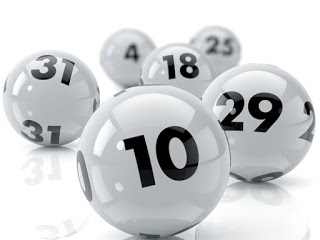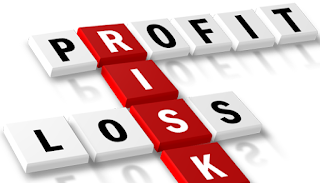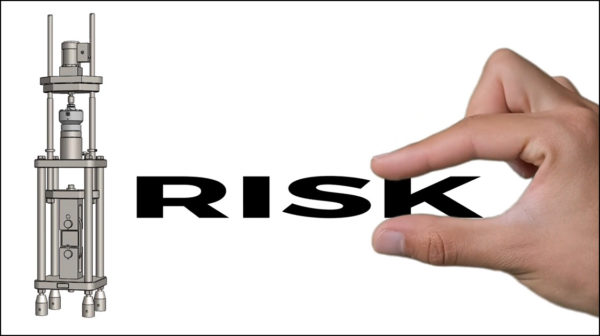The Measurement Risk Lottery

| No one won this drawing and the lottery is now up to over $1,300,000,000.00! |
Measurement Risk Lottery - The Powerball is up to over $1,300,000,000. It is a number so large that it cannot even be displayed on the lottery billboards. How does a jackpot get this high? The odds of winning a prize are 1 in 24.87. Roughly a 4% chance. The odds of winning the jackpot are 1 in 292,000,000 or a 0.000000342 % chance.
Would a lottery want to be involved in a scandal when 1.3 billion dollars are involved? Is there a strategy that gives you better odds? Yes, there is, and it's cheating! One way individuals could cheat in 1980 through the Pennsylvania lottery was by using a repeated daily number. The balls were fixed for the Daily Number; The balls were weighted so that the number "666" rose up. A strange number but nonetheless helpful to know in order to win.

A lot has changed since 1980, though it raises a question about testing. Do they test lottery balls? Ping Pong balls are used for the daily number and are tested for the following things: weight, size, sphericity, bounce, veer, and hardness. The Powerball uses rubber balls, which are also tested in a similar manner.
How about the lottery machines? What sort of tests are performed to ensure that those balls are mixed properly and that they are not damaged as the paddles mix them around?

Think about what testing you may need for your product. Your product may not change someone's life or increase someone's wealth by $1,000,000,000, but it may have a significant impact on someone's safety. (BP's Texas City Refinery explosion was traced to letting several calibrations lapse).
Are your load cells calibrated? What tests are you performing to ensure your product is acceptable? What are the odds your equipment is out of tolerance, or someone in your company has let calibration lapse on a critical device? The odds are not going to be in your favor when a product fails, or you have to issue a mass recall, but you can make them in your favor when it comes to calibration:
Things you can do to lessen your measurement risk:
1. Purchase verification kits to monitor your process (SPC).
2. Have your equipment calibrated at a more precise level of measurement certainty
3. Have your equipment calibrated by an accredited laboratory
4. Monitor your equipment and set calibration intervals to ensure your equipment is "in tolerance"
5. Participate in "organized" Proficiency Testing
To learn more, watch our video Minimize your Force and Torque Measurement Risk.
The Measurement Risk Lottery - Conclusion
If you enjoyed this article, check out our LinkedIn and YouTube channel for more helpful posts and videos.
Everything we do, we believe in changing how people think about force and torque calibration. Morehouse believes in thinking differently about force and torque calibration and equipment. We challenge the "just calibrate it" mentality by educating our customers on what matters, and what causes significant errors, and focusing on reducing them.
Morehouse makes our products simple to use and user-friendly. And we happen to make great force equipment and provide unparalleled calibration services.
Wanna do business with a company that focuses on what matters most? Email us at info@mhforce.com.
# Measurement Risk Lottery



